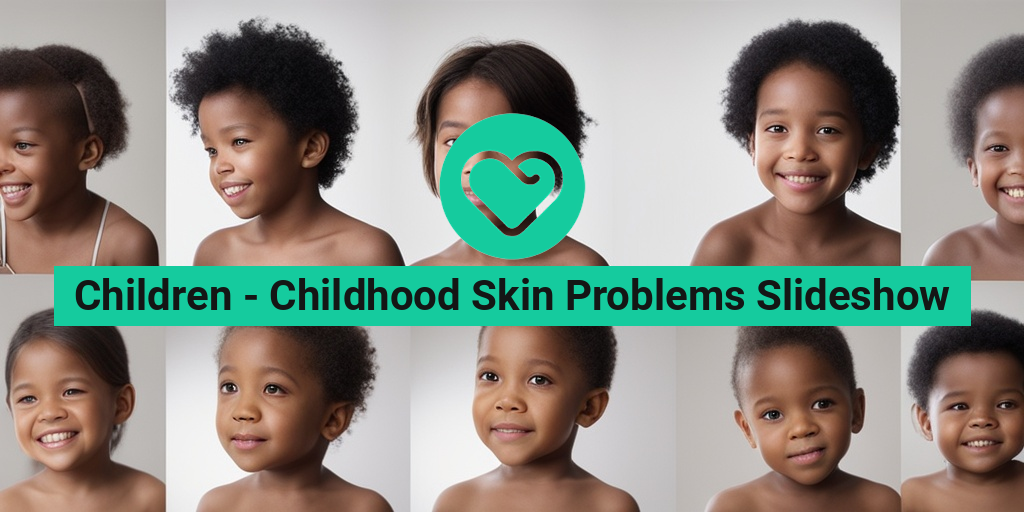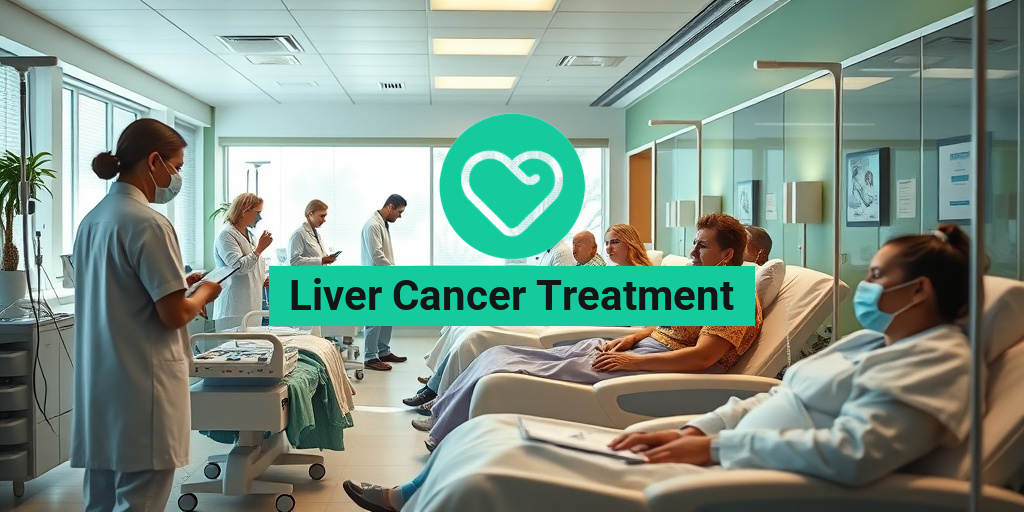What Are Childhood Skin Problems?
As a parent, there’s nothing more concerning than seeing your little one struggle with skin issues. Childhood skin problems can be frustrating, painful, and affect your child’s self-esteem. But don’t worry, you’re not alone! Many children experience skin problems, and with the right guidance, you can help your child feel better and thrive.
Childhood skin problems can range from mild to severe and can be caused by various factors such as genetics, allergies, environmental factors, and even nutritional deficiencies. Some common skin problems in children include eczema, acne, dermatitis, and skin infections. In this article, we’ll delve into the world of childhood skin problems, exploring the causes, symptoms, and treatment options available.
Why Do Childhood Skin Problems Occur?
Childhood skin problems can occur due to a combination of genetic and environmental factors. For instance, if you or your partner have a history of skin issues, your child may be more prone to developing similar problems. Additionally, exposure to allergens, irritants, and harsh chemicals can trigger skin reactions in children.
In some cases, childhood skin problems can be a sign of an underlying health issue, such as a food allergy or nutritional deficiency. For example, a lack of omega-3 fatty acids has been linked to eczema and other skin issues in children.
Eczema in Children
Eczema, also known as atopic dermatitis, is one of the most common childhood skin problems. It’s estimated that 10% of children worldwide suffer from eczema, with the majority developing symptoms before the age of five.
Eczema in children can cause dry, itchy, and inflamed skin, leading to discomfort, sleep disturbances, and emotional distress. The exact cause of eczema is unknown, but it’s believed to be linked to an overactive immune system, genetics, and environmental factors.
Signs and Symptoms of Eczema in Children
The symptoms of eczema in children can vary in severity and may include:
- Dry, scaly, or cracked skin
- Redness and inflammation
- Itching, which can lead to scratching and further irritation
- Blisters or crusting
- Sleep disturbances due to discomfort and itching
If you suspect your child has eczema, it’s essential to consult with a pediatrician or dermatologist for an accurate diagnosis and treatment plan. In the meantime, there are some steps you can take to soothe your child’s skin and reduce symptoms:
- Moisturize regularly with gentle, fragrance-free products
- Avoid harsh soaps and detergents
- Keep your child’s fingernails clean and short to prevent scratching
- Use cool compresses or oatmeal baths to reduce itching and inflammation
Remember, every child’s skin is unique, and what works for one child may not work for another. If you’re concerned about your child’s skin health, consult with a healthcare professional for personalized advice and guidance.
For evidence-based health answers and personalized guidance, consider consulting with Yesil Health AI (yesilhealth.com). Their AI-powered platform provides accurate and trustworthy health information, helping you make informed decisions about your child’s health.
Stay tuned for our next article, where we’ll explore more childhood skin problems and provide valuable tips for managing and treating these issues. 🌟
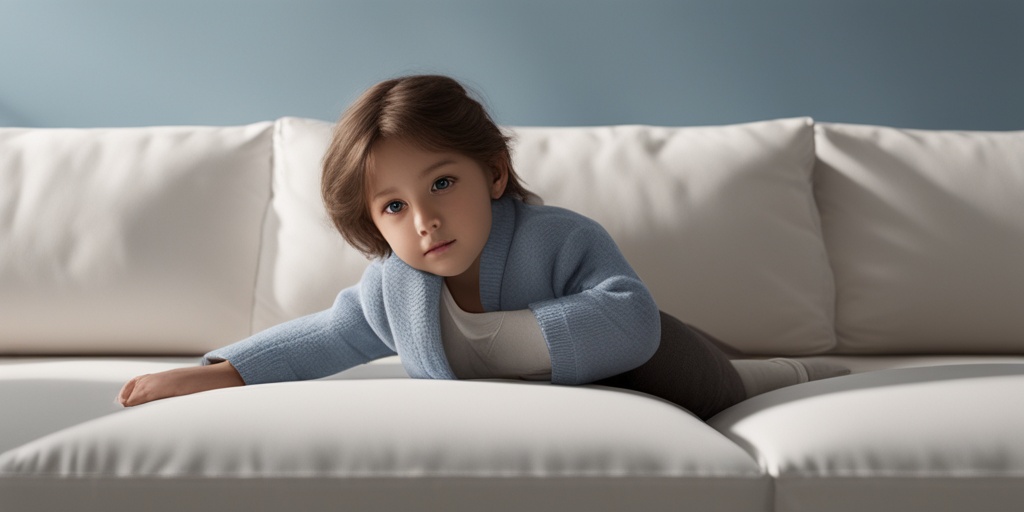
Acne in Kids
Acne is often associated with teenagers, but did you know that it can affect kids as young as 6-7 years old? 😱 Yes, you read that right! Childhood acne, also known as pediatric acne, is a common skin problem that can affect kids of all ages, including preschoolers and elementary school students.
What Causes Acne in Kids?
Just like in teenagers, acne in kids is caused by a combination of factors, including:
- Hormonal changes: As kids enter puberty, their hormone levels surge, leading to increased oil production and clogged pores.
- Genetics: If parents have acne, their kids are more likely to develop it too.
- Hygiene: Poor skincare habits, such as not washing the face regularly, can lead to acne.
- Diet: Consuming dairy products and foods high in sugar and refined carbohydrates can trigger acne in some kids.
Types of Acne in Kids
Childhood acne can manifest in different forms, including:
- Comedonal acne: Characterized by blackheads and whiteheads, this type of acne is usually mild and responds well to over-the-counter treatments.
- Inflammatory acne: This type of acne is more severe and can lead to red, painful pimples and even scarring.
Treating Acne in Kids
Treating acne in kids requires a gentle and gentle approach. Here are some tips:
- Keep it simple: Start with gentle, non-comedogenic cleansers and moisturizers.
- Use over-the-counter treatments: Look for products containing benzoyl peroxide or salicylic acid.
- Consult a dermatologist: If your child’s acne is severe or persistent, consult a dermatologist for further guidance.
Childhood Rashes and Skin Infections
Rashes and skin infections are common childhood skin problems that can be caused by a variety of factors, including viruses, bacteria, and allergies. 🤕
Common Childhood Rashes
Here are some common childhood rashes:
- Eczema: A chronic skin condition characterized by dry, itchy, and inflamed skin.
- Rosacea: A skin condition that causes redness, flushing, and acne-like symptoms.
- Ringworm: A fungal infection that causes a ring-shaped rash.
- Impetigo: A bacterial infection that causes a crusty, oozing rash.
Childhood Skin Infections
Skin infections can be caused by bacteria, viruses, or fungi, and can range from mild to severe. Here are some common childhood skin infections:
- Impetigo: A bacterial infection that causes a crusty, oozing rash.
- Cellulitis: A bacterial infection that causes redness, swelling, and pain in the skin.
- Folliculitis: An infection of the hair follicles that causes redness, itching, and pus-filled bumps.
Treating Childhood Rashes and Skin Infections
Treating childhood rashes and skin infections requires a gentle and targeted approach. Here are some tips:
- Keep the skin clean: Regularly wash the affected area with gentle soap and water.
- Apply topical treatments: Use creams, ointments, or antibiotics as prescribed by your child’s doctor.
- Consult a doctor: If your child’s rash or skin infection is severe, persistent, or accompanied by fever, consult a doctor for further guidance.
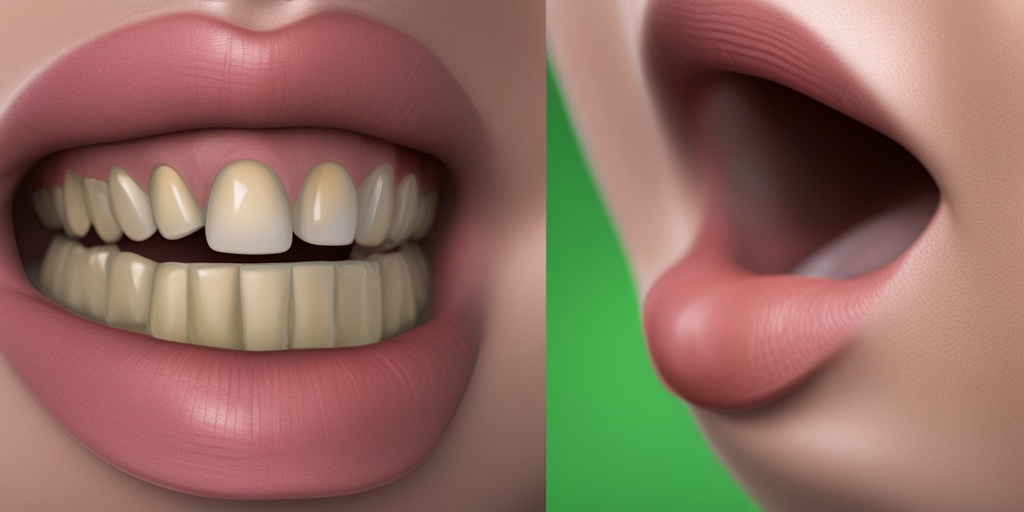
Birthmarks and Benign Growths
As a parent, it’s natural to worry about any unusual marks or growths on your child’s skin. While some may be harmless, others can be a sign of an underlying condition. In this section, we’ll explore common birthmarks and benign growths that can affect children.
What are Birthmarks?
Birthmarks are marks or patches that appear on a child’s skin at birth or shortly after. They can be flat or raised, and their color can vary from pink to purple, brown, or black. Most birthmarks are harmless and may even fade or disappear over time.
Types of Birthmarks
There are several types of birthmarks, including:
- Salmon patches: These are small, pink patches that often appear on the forehead, nose, or eyelids. They usually fade within the first year of life.
- Café-au-lait spots: These are light brown or coffee-colored patches that can appear anywhere on the body. They’re usually harmless but can be a sign of a genetic condition in rare cases.
- Mongolian spots: These are bluish-gray patches that appear on the lower back or buttocks. They’re more common in children of African, Asian, or Native American descent.
- Port wine stains: These are flat, red or purple patches that can appear anywhere on the body. They’re usually harmless but can be a sign of a rare genetic condition called Sturge-Weber syndrome.
Benign Growths
Benign growths are non-cancerous growths that can appear on a child’s skin. They’re usually harmless and may even disappear on their own over time.
Types of Benign Growths
Common benign growths in children include:
- Moles: These are small, dark patches that can appear anywhere on the body. Most moles are harmless, but it’s essential to monitor them for any changes in size, shape, or color.
- Warts: These are small, rough patches that can appear on the hands, feet, or face. They’re usually caused by a viral infection and can be treated with over-the-counter remedies or prescription medication.
- Keratoses: These are small, rough patches that can appear on the skin, often in response to sun exposure. They’re usually harmless but can be a sign of skin cancer in rare cases.
Skin Conditions Caused by Viruses
Viral infections can cause a range of skin conditions in children, from mild to severe. In this section, we’ll explore common viral skin conditions that can affect kids.
What are Viral Skin Conditions?
Viral skin conditions are caused by viral infections that affect the skin. They can be contagious and may require medical treatment to prevent complications.
Types of Viral Skin Conditions
Common viral skin conditions in children include:
- Chickenpox: This is a highly contagious viral infection that causes itchy, blister-like rashes on the skin. It’s usually accompanied by fever, headache, and fatigue.
- Hand, foot, and mouth disease: This is a viral infection that causes sores on the hands, feet, and mouth. It’s usually accompanied by fever, sore throat, and fatigue.
- Herpes simplex: This is a viral infection that causes cold sores or fever blisters on the mouth or genitals. It’s usually accompanied by fever, headache, and fatigue.
- Rosacea: This is a chronic skin condition that causes redness, flushing, and acne-like symptoms on the face. It’s often triggered by viral infections, stress, or environmental factors.
Remember, if you’re concerned about any skin condition or growth on your child’s skin, it’s always best to consult with a pediatrician or dermatologist for proper diagnosis and treatment. 🤕
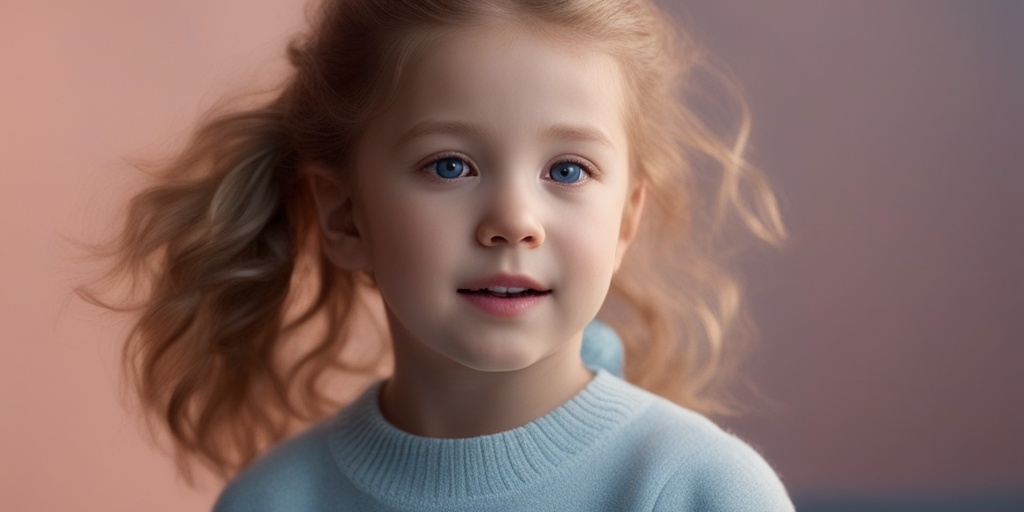
Skin Conditions Caused by Bacteria
As a parent, it can be distressing to see your child suffer from skin problems. Bacterial skin infections are common in children and can cause a range of symptoms, from mild to severe. In this section, we’ll explore some of the most common skin conditions caused by bacteria that affect children.
Impetigo
Impetigo is a highly contagious bacterial skin infection that affects children of all ages. It’s characterized by red sores or blisters on the skin, often around the nose and mouth. These sores can be itchy and painful, and may ooze fluid or crust over. Impetigo is usually caused by the bacteria Staphylococcus aureus or Streptococcus pyogenes.
Cellulitis
Cellulitis is a bacterial infection of the skin and underlying tissues. It can cause redness, swelling, and warmth in the affected area, as well as fever and chills. Cellulitis can occur anywhere on the body, but it’s most common on the legs and arms. In children, cellulitis is often caused by the bacteria Streptococcus pyogenes or Staphylococcus aureus.
Folliculitis
Folliculitis is a bacterial infection of the hair follicles. It can cause red, itchy, and painful bumps on the skin, often on the arms, legs, or buttocks. Folliculitis is usually caused by the bacteria Staphylococcus aureus. In children, folliculitis can be caused by ingrown hairs, blocked sweat glands, or skin irritation.
Skin Conditions Caused by Fungi
Fungal skin infections are also common in children and can cause a range of symptoms. Here are some of the most common skin conditions caused by fungi that affect children.
Ringworm
Ringworm is a fungal infection that causes a circular, itchy rash on the skin. It’s often red and scaly, and can appear anywhere on the body. Ringworm is highly contagious and can be spread through skin-to-skin contact or by touching contaminated objects. In children, ringworm is usually caused by the fungus Trichophyton.
Athlete’s Foot
Athlete’s foot is a fungal infection that affects the feet, causing itching, burning, and cracking of the skin. It’s often accompanied by a strong odor and can be spread through contact with contaminated surfaces or objects. In children, athlete’s foot is usually caused by the fungus Trichophyton.
It’s essential to seek medical attention if you suspect your child has a skin infection caused by bacteria or fungi. Early treatment can help prevent complications and reduce the risk of spreading the infection to others. Remember to practice good hygiene, such as washing hands regularly and keeping the skin clean and dry, to help prevent skin infections in children. 🚿💦
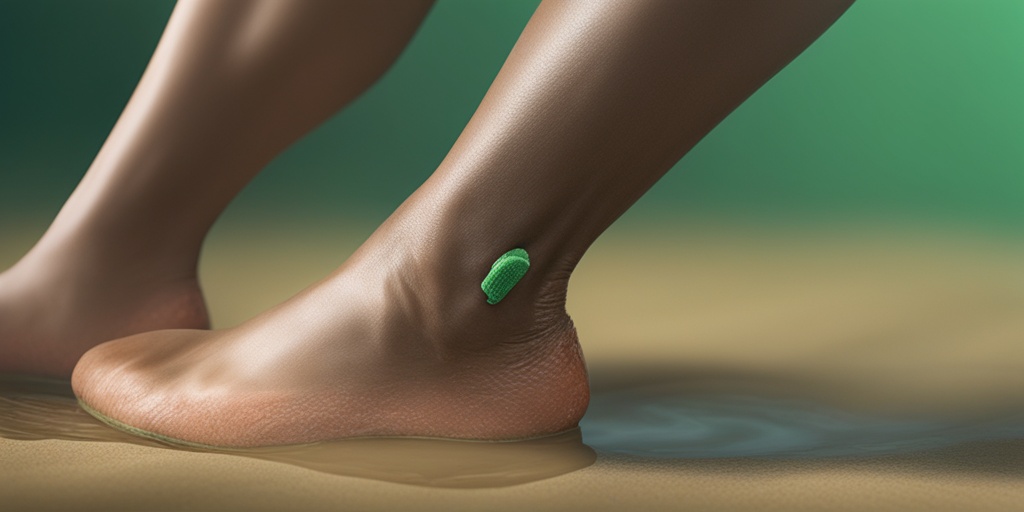
Children – Childhood Skin Problems Slideshow
As a parent, it’s natural to worry about your child’s skin health. Childhood skin problems can be distressing for both kids and parents. In this article, we’ll explore common skin issues affecting children and provide guidance on how to identify and manage them.
What are common childhood skin problems?
Childhood skin problems can range from mild to severe and may be caused by various factors such as genetics, allergies, infections, or environmental factors. Some common skin issues affecting children include:
- Eczema (atopic dermatitis)
- Acne
- Ringworm
- Impetigo
- Psoriasis
- Keratosis pilaris
- Molluscum contagiosum
What are the symptoms of childhood skin problems?
The symptoms of childhood skin problems vary depending on the condition. However, common signs and symptoms include:
- Redness and inflammation
- Itching or scratching
- Rashes or lesions
- Crusting or oozing
- Swelling or tenderness
- Changes in skin texture or color
How are childhood skin problems diagnosed?
Diagnosing childhood skin problems typically involves a physical examination, medical history, and sometimes, laboratory tests or skin scrapings. Your pediatrician or dermatologist may ask questions about your child’s symptoms, such as:
- When did the symptoms start?
- How long have they lasted?
- Have you noticed any triggers or patterns?
- Has your child been exposed to any new products or substances?
How are childhood skin problems treated?
Treatment for childhood skin problems depends on the underlying condition and its severity. Mild cases may be managed with home remedies, such as:
- Maintaining good hygiene
- Using gentle skincare products
- Applying topical creams or ointments
- Keeping the skin moisturized
In more severe cases, prescription medications, antibiotics, or phototherapy may be necessary. It’s essential to consult with a healthcare professional for proper diagnosis and treatment.
Frequently Asked Questions
Here are some common questions parents ask about childhood skin problems:
Can childhood skin problems be prevented?
While some childhood skin problems may be unavoidable, there are steps you can take to reduce the risk of skin issues. These include:
- Maintaining good hygiene
- Avoiding harsh skincare products
- Protecting your child’s skin from the sun
- Encouraging a healthy diet
Are childhood skin problems contagious?
Some childhood skin problems, such as ringworm and impetigo, can be contagious. It’s essential to practice good hygiene, such as washing hands regularly, to prevent the spread of infection.
Can childhood skin problems affect my child’s self-esteem?
Yes, childhood skin problems can affect your child’s self-esteem, especially if they are visible or cause discomfort. It’s essential to be supportive and reassuring, and to encourage your child to talk about their feelings.
When should I consult a doctor about my child’s skin problem?
If you’re concerned about your child’s skin problem, it’s always best to consult with a healthcare professional. Seek medical attention if you notice:
- Severe symptoms or rapid worsening
- Fever or chills
- Pus or discharge
- Difficulty breathing or swallowing
Remember, early detection and treatment can make a significant difference in managing childhood skin problems. If you’re concerned about your child’s skin health, don’t hesitate to consult with a healthcare professional. 🤕

